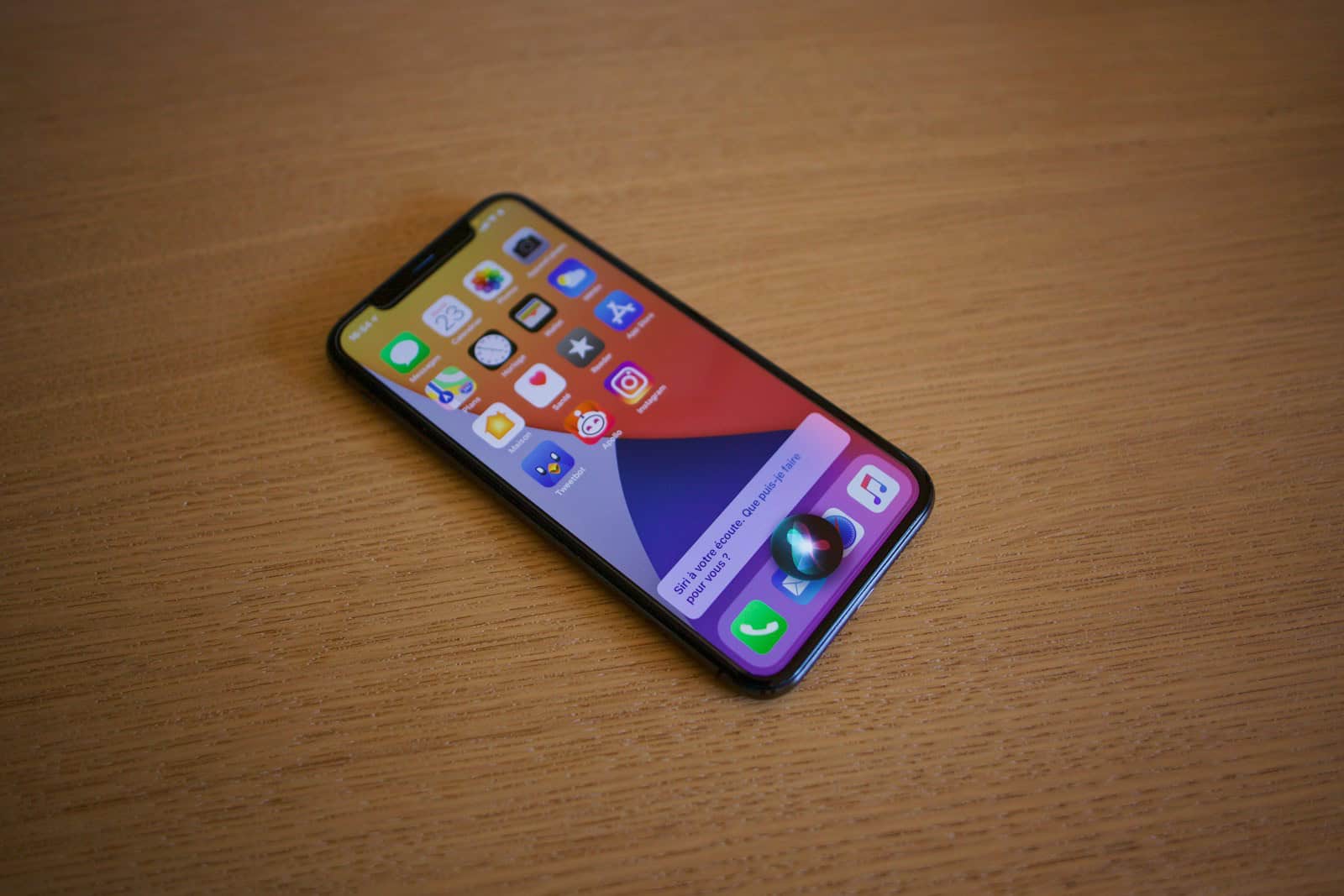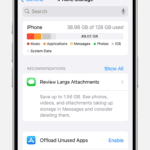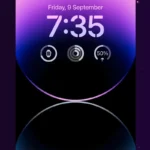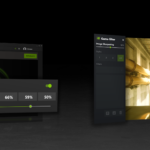Adding music to your iPhone enhances your mobile experience. You can enjoy your favorite tunes anytime, anywhere. You can add music to your iPhone using iTunes, Apple Music, or third-party apps.
The process is simple and quick. With Apple Music, you can stream or download songs directly to your device. For those who prefer to own their music, iTunes allows you to sync your personal library. Third-party apps offer alternatives for music not available on Apple platforms.
Here’s a quick comparison of methods to add music to your iPhone:
| Method | Pros | Cons |
|---|---|---|
| Apple Music | Easy streaming, large library | Requires subscription |
| iTunes | Full control of library | Needs computer sync |
| Third-party apps | Access to more music sources | May have limitations |
Adding Music to Your iPhone: A Quick Guide
Want to enjoy your favorite tunes on your iPhone? Here’s how to get music onto your device, whether you’re using Apple Music, your computer, or other sources.
Apple Music
Apple Music is a streaming service that gives you access to a massive library of songs. Here’s how to add music from Apple Music to your iPhone:
- Open the Apple Music app. Find it on your home screen.
- Find the music you want. Search for artists, albums, or songs.
- Add it to your library.
- For albums or playlists, tap the +Add button.
- For individual songs, tap the three dots next to the song, then tap “Add to Library.”
Downloading for Offline Listening
Want to listen even without an internet connection? You can download music within Apple Music:
- Find the music you added to your library.
- Tap the cloud icon with the downward arrow to download it.
Using Your Computer
If you have music files on your computer, you can sync them to your iPhone using the Finder (on macOS Catalina or later) or iTunes (on Windows or older macOS versions).
macOS Catalina or later:
- Connect your iPhone to your computer using a USB cable.
- Open the Finder.
- Select your iPhone from the sidebar.
- Choose the “Music” tab.
- Check the “Sync music onto [your iPhone’s name]” box.
- Select the music you want to sync. You can sync your entire library or select specific playlists, artists, albums, and genres.
- Click “Apply” to sync the music to your iPhone.
Windows or older macOS:
- Connect your iPhone to your computer using a USB cable.
- Open iTunes.
- Select your iPhone from the top left corner of the iTunes window.
- Choose the “Music” tab in the sidebar.
- Check the “Sync Music” box.
- Select the music you want to sync. You can sync your entire library or select specific playlists, artists, albums, and genres.
- Click “Apply” to sync the music to your iPhone.
Other Options
- Streaming services: Spotify, YouTube Music, and other streaming services have their own apps that let you download music for offline listening.
- Cloud storage: If you store music in iCloud Drive, Google Drive, Dropbox, or other cloud services, you can usually download songs to your iPhone for offline playback through their respective apps.
- File sharing: Apps like VLC for Mobile allow you to transfer music files directly to your iPhone over your local Wi-Fi network.
With these methods, you’ll have your favorite music ready to enjoy wherever you go!
Preparing to Add Music
Before adding music to your iPhone, it’s crucial to set up the necessary software and understand compatible file formats. This ensures a smooth process when transferring your favorite tunes.
Setting Up iTunes and Apple Music App
To add music to your iPhone, you’ll need either iTunes or the Apple Music app. On Windows PCs and older Macs, iTunes remains the go-to software. For newer Macs, the Music app has replaced iTunes.
Install iTunes from Apple’s website if you’re using a Windows PC. Make sure it’s updated to the latest version for best compatibility with your iPhone.
On Macs running macOS Catalina or later, the Music app comes pre-installed. Open it and sign in with your Apple ID.
For iPhones, ensure the Apple Music app is up to date. Go to the App Store and check for any available updates.
Understanding Music File Formats
Your iPhone supports various audio file formats. The most common are:
- MP3: Widely used and compatible with most devices
- AAC: Apple’s preferred format, offering better quality at smaller file sizes
- WAV: Uncompressed format with high quality but large file sizes
| Format | Pros | Cons |
|---|---|---|
| MP3 | Universal compatibility | Slightly lower quality |
| AAC | Smaller size, good quality | Less universal |
| WAV | Highest quality | Large file size |
Choose MP3 or AAC for the best balance of quality and storage space. WAV files are ideal if you prioritize sound quality over storage.
Remember to check your music files before transferring. Ensure they’re not protected by DRM (Digital Rights Management) as these may not play on your iPhone.
Transferring Music to iPhone
Adding music to your iPhone offers multiple options depending on your device and preferences. You can use iTunes, Finder, or iCloud Music Library to transfer and sync your favorite tunes.
Using iTunes on PC and macOS Mojave or Earlier
iTunes remains the go-to method for transferring music to your iPhone on Windows PCs and older Mac systems. Connect your iPhone to your computer using a USB cable. Open iTunes and select your device. Click on the “Music” tab in the sidebar. Check “Sync Music” and choose to sync your entire library or selected playlists. Click “Apply” to start the transfer.
For manual transfers, drag and drop songs from your iTunes library to your iPhone in the device list. This method gives you more control over which tracks you add.
| Pros | Cons |
|---|---|
| Full control over music | Requires computer |
| Offline listening | Can be slow for large libraries |
| No subscription needed | iTunes can be complex |
Using Finder on macOS Catalina or Later
On newer Mac systems, Finder replaces iTunes for iPhone syncing. Connect your iPhone and open a Finder window. Select your device from the sidebar. Click the “Music” tab and check “Sync music onto [your iPhone].” Choose to sync your entire library or specific playlists, artists, and albums.
For manual transfers, drag music files directly from Finder to your iPhone in the sidebar. This method offers flexibility in managing your music collection.
Syncing Music with iCloud Music Library
iCloud Music Library lets you access your music across devices without a computer. Enable it in your iPhone’s Settings under “Music.” Turn on “Sync Library.” Your music will upload to iCloud and download to your iPhone over Wi-Fi.
This method works best with an Apple Music subscription. It allows you to add songs to your library from the vast Apple Music catalog. Non-subscribers can still use it with iTunes Match to sync their personal music libraries.
Organizing Your Music Library
An organized music library enhances your listening experience on iPhone. Efficient management allows quick access to your favorite tunes and simplifies playlist creation.
Creating and Managing Playlists
Playlists in Apple Music offer a versatile way to organize your music. To create a new playlist, open the Music app and tap “Library” > “Playlists” > “New Playlist”. Name your playlist and start adding songs.
You can add tracks to playlists by tapping the three dots next to a song and selecting “Add to Playlist”. To remove songs, swipe left on the track and tap “Delete”.
Reorder songs in a playlist by pressing and holding the three lines next to a track, then dragging it to your desired position. You can also edit playlist details like name and cover image by tapping “Edit” at the top of the playlist.
| Playlist Management | Steps |
|---|---|
| Create new playlist | Library > Playlists > New Playlist |
| Add songs | Tap … > Add to Playlist |
| Remove songs | Swipe left > Delete |
| Reorder tracks | Press and hold three lines, drag |
Adding Music to Library and Recently Added
To expand your music collection, tap the “+” icon next to a song, album, or artist to add it to your library. These additions appear in the “Recently Added” section, making new music easy to find.
For MP3 files not in Apple Music, use the Files app. Locate your MP3, tap and hold, then select “Share” and “Add to iCloud Drive”. Open the Music app and find your song in the “Recently Added” section.
You can also add music from your computer using iTunes or the Music app on macOS. Connect your iPhone, select it in the app, and drag songs to your device’s music library.
To keep your library tidy, regularly review the “Recently Added” section. Remove unwanted tracks by swiping left and tapping “Delete”.
Advanced Music Management
Managing music on your iPhone goes beyond basic syncing. You can leverage third-party apps and cloud services for greater flexibility. The iTunes Store also offers a vast library for purchasing and downloading tracks directly to your device.
Using Third-Party Apps and Cloud Services
Third-party apps expand your options for music management on iPhone. Apps like Google Drive and Dropbox let you store and stream music from the cloud. This frees up space on your device.
To use cloud services:
- Upload music files to your cloud account
- Download the service’s app on your iPhone
- Sign in and access your music library
Some apps offer features like offline playback and playlist creation. This gives you more control over your music collection.
| App | Key Features |
|---|---|
| Google Drive | 15 GB free storage, easy sharing |
| Dropbox | File syncing, collaborative playlists |
Purchasing and Downloading Music
The iTunes Store remains a popular option for buying music on iPhone. To purchase tracks:
- Open the iTunes Store app
- Browse or search for songs
- Tap the price to buy
- Enter your Apple ID password
Downloaded songs appear in your Music app library. You can also enable automatic downloads in Settings. This ensures new purchases sync across all your devices.
Consider subscribing to Apple Music for access to millions of songs. It offers both streaming and downloadable tracks for offline listening.
Frequently Asked Questions
Adding music to your iPhone involves several methods. You can transfer songs from a computer, upload personal files, or use Apple Music. Here are answers to common questions about putting music on your iPhone.
What are the steps to transfer music from a computer to an iPhone?
To transfer music from a computer to your iPhone, connect your device to the computer. Open iTunes or Finder, select your iPhone, and go to the Music tab. Choose sync options and click Apply or Sync.
You can sync your entire library or select specific playlists, artists, or albums.
How can I upload my personal music files to my iPhone?
Upload personal music files to your iPhone using the Files app. Locate the MP3 file you want to add. Tap and hold the file, then select “Share” from the menu.
Choose “Add to iCloud Drive” or “Save to Files” and pick a destination. This method works for various file types.
What is the procedure for downloading songs on an iPhone for free?
Downloading free songs on an iPhone often involves using streaming services with free tiers. Apple Music offers a free trial period where you can download songs for offline listening.
Some music apps provide free downloads of certain tracks. Always ensure you’re using legal and authorized sources for music downloads.
Can I add music to my iPhone directly from the Files app, and if so, how?
Yes, you can add music to your iPhone from the Files app. Open the Files app and find your music file. Tap and hold the file, then select “Share.”
Choose “Add to iCloud Drive” if you want to sync across devices. Select a folder in your iCloud Drive to store the music file.
What is the method for putting music on an iPhone from a Mac?
To put music on your iPhone from a Mac, connect your device and open Finder. Select your iPhone in the sidebar. Click the Music tab and choose your sync options.
You can sync your entire library or select specific items. Click Apply to start the transfer process.
Is there a way to add music to Apple Music on an iPhone without iTunes?
Yes, you can add music to Apple Music without iTunes. Use the Music app on your iPhone. Tap and hold a song, album, or playlist. Select “Add to Library.”
For songs not in Apple Music, use third-party apps like WALTR 2 or iMazing to transfer music files directly to your iPhone’s music library.
| Method | Pros | Cons |
|---|---|---|
| iTunes/Finder | Syncs large libraries easily | Requires a computer |
| Files App | Direct on-device transfer | Limited to supported file types |
| Third-party Apps | Flexible file support | May require purchase |
| Apple Music | Integrated with iOS | Subscription required for full features |







